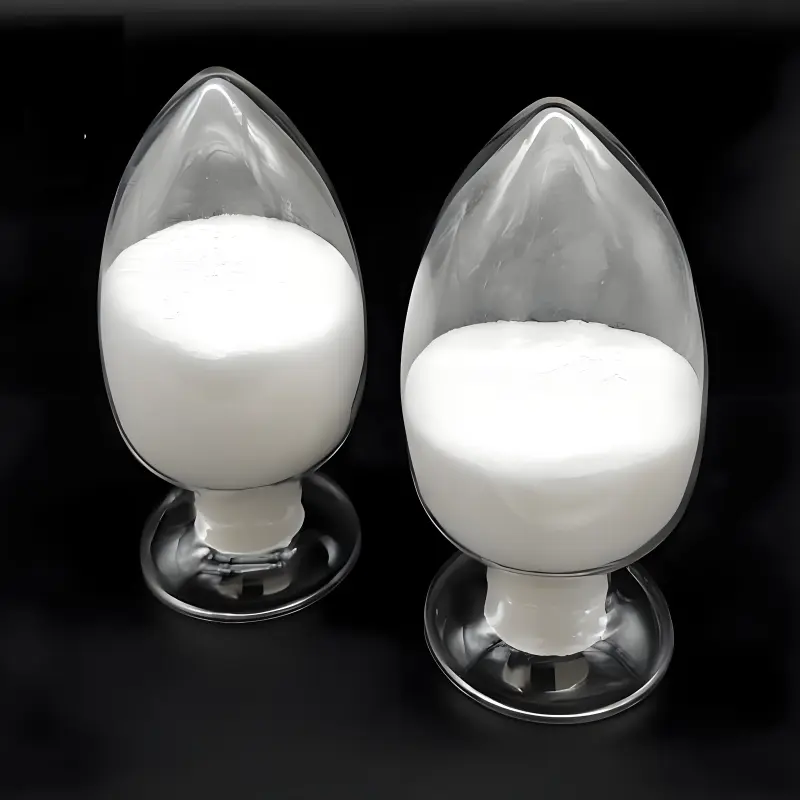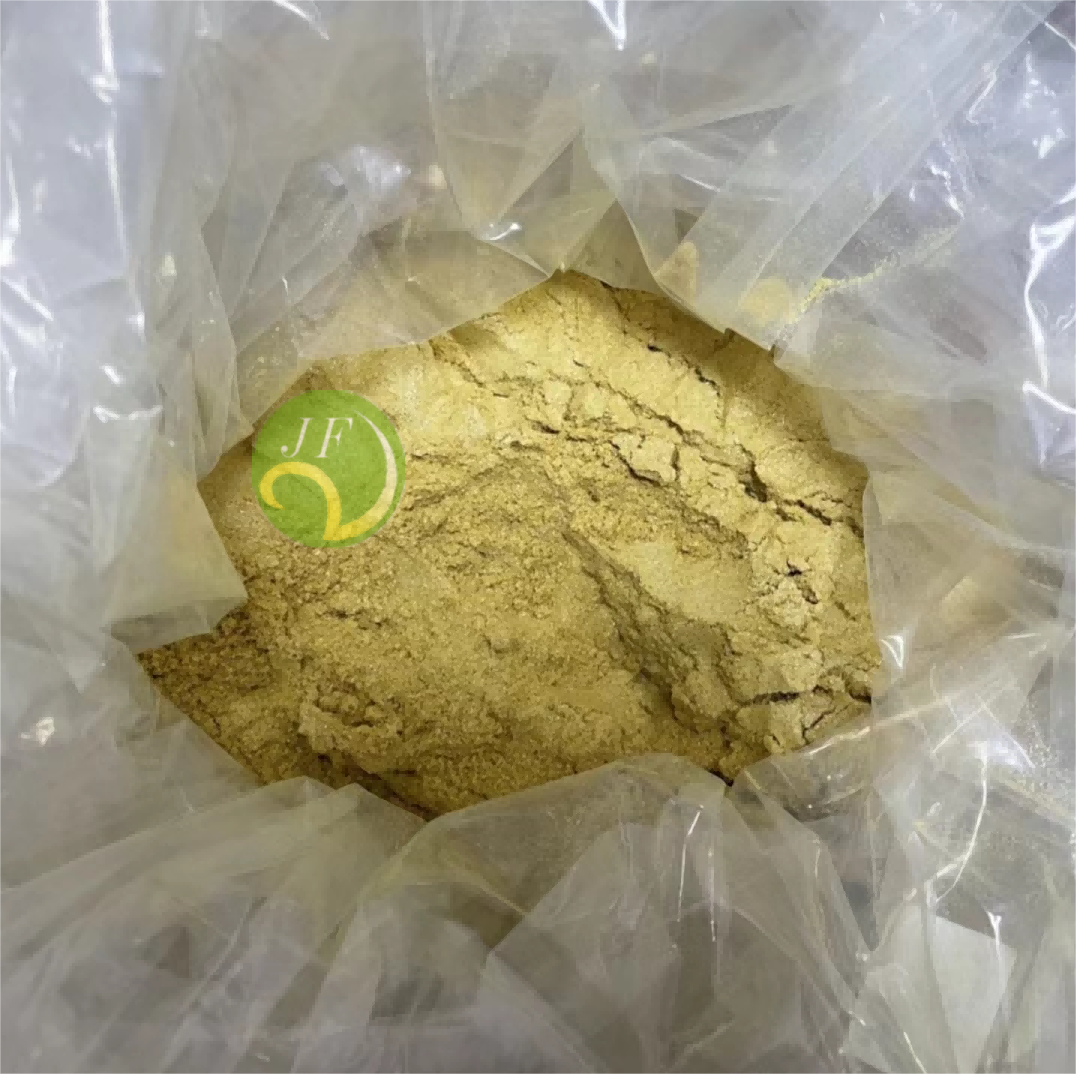-
Categories
-
Pharmaceutical Intermediates
-
Active Pharmaceutical Ingredients
-
Food Additives
- Industrial Coatings
- Agrochemicals
- Dyes and Pigments
- Surfactant
- Flavors and Fragrances
- Chemical Reagents
- Catalyst and Auxiliary
- Natural Products
- Inorganic Chemistry
-
Organic Chemistry
-
Biochemical Engineering
- Analytical Chemistry
-
Cosmetic Ingredient
- Water Treatment Chemical
-
Pharmaceutical Intermediates
Promotion
ECHEMI Mall
Wholesale
Weekly Price
Exhibition
News
-
Trade Service
Ethyl (3S)-4-chloro-3-hydroxybutanoate, commonly abbreviated as ECHBA, is a chemical compound that is used in the production of various industrial and household products.
As with any chemical, it is important to ensure the safety of those working with and around it in the chemical industry.
Overview of Ethyl (3S)-4-chloro-3-hydroxybutanoate
Ethyl (3S)-4-chloro-3-hydroxybutanoate is a colorless liquid with a pungent, fruity odor.
It is miscible with water and most organic solvents.
ECHBA is a chiral compound, meaning that it has a mirror-image structure that is not superimposable on its own.
This property is important in the production of certain chemicals and drugs, as some molecules can only be synthesized using chiral compounds.
Applications of Ethyl (3S)-4-chloro-3-hydroxybutanoate
Ethyl (3S)-4-chloro-3-hydroxybutanoate is used in the production of perfumes, flavorings, and other fragrance products.
It is also a precursor in the synthesis of certain pharmaceuticals and agricultural chemicals.
Additionally, it is used as a reagent in organic synthesis and as a solvent for various applications.
ECHBA Safety in the Chemical Industry
As with any chemical, proper safety measures must be taken when handling and working with Ethyl (3S)-4-chloro-3-hydroxybutanoate.
The compound is considered a mild to moderate eye irritant and can cause skin irritation.
Therefore, it is important to wear appropriate personal protective equipment (PPE) such as gloves, goggles, and a lab coat when working with the chemical.
Additionally, proper ventilation should be used when working with ECHBA to prevent inhalation of vapors.
The compound should be stored in a cool, dry, and well-ventilated area, away from sources of ignition or heat.
Handling and Storage of Ethyl (3S)-4-chloro-3-hydroxybutanoate
When handling Ethyl (3S)-4-chloro-3-hydroxybutanoate, it is important to follow proper handling and storage procedures to minimize the risk of exposure.
The chemical should be stored in a cool, dry, and well-ventilated area, away from sources of ignition or heat.
It should be stored in airtight containers to prevent contamination or evaporation.
When working with the chemical, it is important to avoid contact with the skin, eyes, or clothing.
It should be handled with care and avoided for inhalation.
It should be weighed on a scale with proper ventilation to prevent the accumulation of vapors.
Disposal of Ethyl (3S)-4-chloro-3-hydroxybutanoate
When disposing of Ethyl (3S)-4-chloro-3-hydroxybutanoate, it is important to follow proper procedures to minimize the risk of exposure to workers and the environment.
The chemical should be disposed of in accordance with local regulations and waste disposal procedures.
It should not be poured down the drain, as it may cause environmental pollution.
Conclusion
Ethyl (3S)-4-chloro-3-hydroxybutanoate is a useful chemical compound with a wide range of applications in the chemical industry.
However, as with any chemical, proper safety measures must be taken to ensure the safety of those working with and around it.
By following proper handling and storage procedures, wearing appropriate PPE, and using ventilation when working with ECHBA, the risk of exposure can be minimized.
Additionally, by following proper disposal procedures






